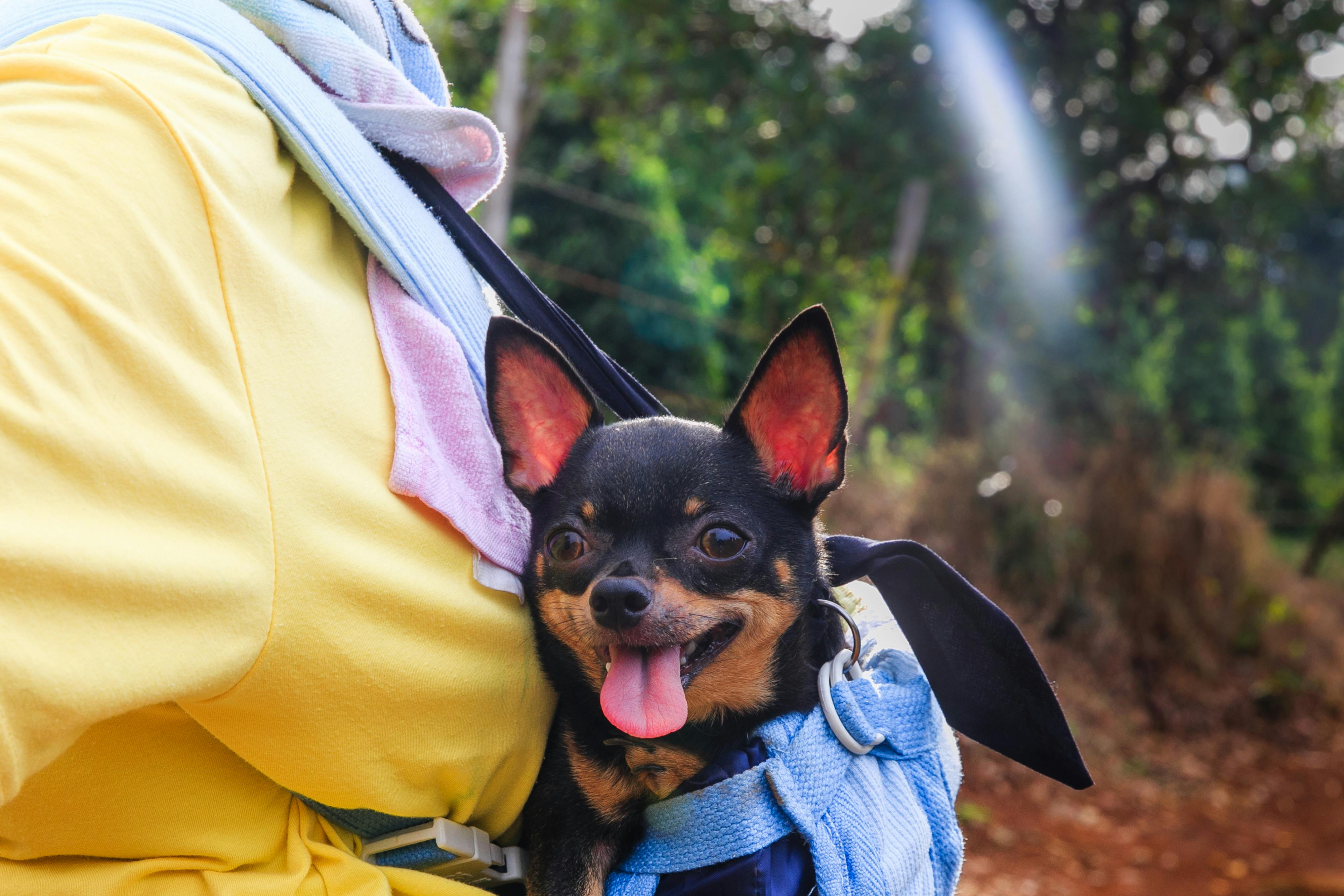
How to handle a dog attack
admin
- 0
You are taking a walk in a park and an unknown dog crosses your path. The dog starts barking and growling, and then suddenly jumps up and attacks you. Your response during that split second can be the difference between getting out unscathed or being attacked by the dog. Maybe it’s even the difference between life and death.
Why do dogs attack?
- protection territory
Dogs are very protective of their territory. A dog will attack if you unknowingly trespass on its perceived territory and the dog considers you a potential danger.
- Illness
Various diseases can lead to increased aggression in dogs. Thyroid disease, brain tumor or rabies are just some of the diseases that can cause dog aggression.
- Establishing the Domain
Aggression is often a means of establishing dominance in the canine world. Dogs that display such behavior feel like they are in charge and growling, biting and biting are ways of showing dominance if they feel challenged. If your dog shows signs of aggression to establish her dominance, it is quite possible that he will snap, snap or growl when he tries to move her off furniture, grab his collar, restrain him or correct him on the leash.
- fear
Fear is another major reason for dog aggression. Dogs generally show aggression when they feel they are in danger, and in that case, aggression comes naturally to them as a means of defending themselves. This can happen if the dog is cornered with no way to escape or he may think you raised your hand to hit him instead of petting him. A frightened dog bites if he feels there is no way to escape, harm is imminent, and biting is the only way to protect himself.
- Possession Assault
This type of aggression arises when the dog becomes possessive of a toy, bed, food, or any other object. A dog exhibiting possession aggression will growl if he sees someone approaching his food bowl or while chewing on his toy. These dogs may bite strangers when they enter your home. However, the degree of aggression differs from dog to dog and between objects. A dog may not mind if you pet him and sit next to him while he’s chewing on a rubber toy, but he may growl or bite when you do the same while playing with a toy he’s possessive of.
- barrier frustration
Aggression caused by frustration is often called “barrier frustration” or “redirected frustration.” Such aggression arises when the dog cannot get to something and becomes frustrated. This frustration manifests itself in the form of aggression. As his frustration grows, so will his growls, barks, or bites. This is often seen in dogs that spend the day on a leash or behind a chain-link fence.
How to handle a dog attack
- control the situation
Remember that most dogs are subservient to humans. A loud, verbal command to “Lie Down,” “Go Home,” or “Stop” can stop his attack momentarily, giving you time to back off.
- Hold your ground
Dogs have short attention spans. Often after a few barks, dogs lose interest and leave.
- Find an improvised weapon
Not much that you can find in your pocket or pick up is likely to be very effective against a large dog. However, if you are lucky enough to find a thick branch or a fist-sized rock, you may be able to stop a dog from attacking with a hard enough blow to the head.
- Assume a non-threatening position
Standing sideways to the dog and keeping him in your peripheral vision instead of making direct eye contact will signal to the dog that you are not a threat.
- Don’t make loud noises around a dog.
Loud sounds can make a dog think you are a threat and therefore may attack you.
- keep your humor
Don’t panic and try to keep your composure and think clearly. Look for an exit in any direction, even up if you can climb a tree or climb a ladder. If there are no obvious means of escape, be prepared to fight back or defend yourself. Finally, don’t forget that you have a voice. Shout for help so that anyone within earshot can help you.
- counter
Remember that one of the most sensitive points of a dog is its eyes. A quick jab to the eye will severely disorient a dog, giving you more time to escape or defend yourself.
If you are bitten, the last thing you want to do is struggle or walk away, as this can cause open, torn wounds. If you stay still and protect delicate parts of your body (for example, ears, face, and neck), the dog will only be able to inflict puncture wounds on the areas of your body that have the thickest skin.

